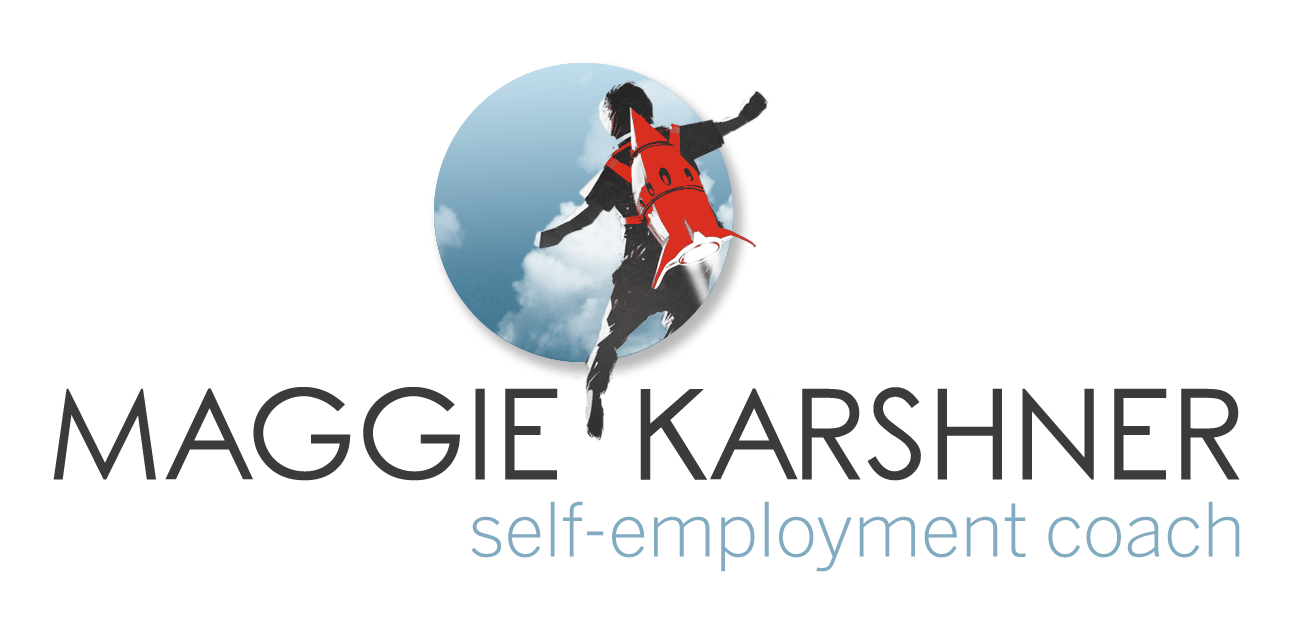The Fundamental Balancing Act for Small Businesses
/When considering starting a business, sometimes our imagination gets the best of us. For some of us, this means we imagine how great our business will be, and leap prematurely or off-course. For others, we imagine how poorly everything could go, and then we never start. Before our imagination runs away with us, let's get rooted in the fundamental balancing act for every small business.
The Pieces of the Puzzle
The key balancing act in business is between [1] what the market wants, [2] what the market will pay for and [3] how much is then left over for you in exchange for providing the product/service (and assuming the risk of providing this product/service.) If this is out of balance, the business is highly likely to fail. Let's take a look at each aspect of this balancing act:
- The first key thing is that the market has to want what you're selling, see the use for it, and want it in the format/context that you're selling it. So if you're a pet psychotherapist, there need to be pet owners who are aware that their pets are unhappy and are aware that psychotherapy could help. Furthermore, they need to be willing to bring their pet to your office once a week for sessions. (Or maybe you're planning to come to them? That would change if pet owners are more or less likely to use your service.)
- The second thing is that the market must be willing to pay for what you're selling, and at the price you're selling it. This is deceptively tricky since everyone perceives value differently. One trick of pricing is that the assigned value is an indicator of value. If you charge $90 per hour for your service then you're communicating to the public that your service is worth $90 per hour. If you give your service away for free, people are less likely to see the value in your service and might not use it at all even though it is free. If I'm first hearing of pet psychotherapy, then I'm going to have no idea what it's worth. If I find out it's $90 per session, I'm going to think "oh, it's about as effective as therapy for humans." If instead it's $20 per session, I'm going to think "maybe I'll give it a try, but I'm not expecting it to do much for Fluffy's anxiety." And if I find out it's $250 per session, I'm going to think "woah, I can't afford that, but I guess it must be difficult and get some kind of results!"
- The third thing is that there must be enough funds left over for you to thrive and receive dividends for assuming the risk of providing this product/service. The time and money you invest in a business should come back to you. If you'd been investing that time and money elsewhere you would have gotten paid and earned interest. In order to stay emotionally invested in a business, it's helpful if you can see the rewards you're reaping for your effort.
The Balancing Act
Let's now consider how these three pieces interact. Below I've explained some common situations businesses find themselves in and I've marked which of these three things are at play:
Sometimes people will say they want something [1], but when it comes to purchasing it [2], they never actually bite the bullet and do it. For example, I would love a new bicycle and I've done a fair amount of shopping for one, but I've yet to decide the $600 investment is where I want to put my money. Either it needs to be more important to me that I have a new bicycle, or the price of the bicycle needs to go down.
Sometimes people don't know they need something [1] until the product (or the marketing for it) exists. This is a prominent theme in the story of Apple computers. This is also how antiperspirant came to be. (People use to just think sweaty, smelly pits were normal and didn't understand why you'd bother trying to make them not sweaty.) I hypothesize that a fair number of coaching clients had never considered seeking out help prior to someone else informing them that coaching is a thing.
Sometimes people want a service [1], and will pay a certain amount for it [2], but there's not enough of them willing to pay enough to cover expenses and start up costs [3]. This is the issue with many small arts organizations and artists. The art is wonderful and people want it, but they're either not willing to pay what it's worth or the artists aren't willing to lower the price enough to make the sale because they need to recoup their initial investment.
Sometimes people want a thing [1], but don't want it the way you're selling it or for the price you're asking [2]. Do I want to go to space? Sure! Do I want to pay $250,000 to go to space? No! Do I want to go to space if I have to be on the trip with Justin Bieber? I'll book a later flight, thanks!
Space tourism is a great example of a balancing act among these things that has yet to be proven. They don't know if enough people will want to go to space (or return to space) that they can cover their initial investment and turn a profit [3].
In your business you won't really know either. You can guess, and research the market, but at the end of the day this is the true gamble of any business: can we make these things balance? And, how much time/money are we willing to spend trying to get these things to balance?
If you want help trying to estimate if the balancing act will work out for your business, or if you're in the midst of trying to fine tune this balancing act, I'm here to help! Don't hesitate to contact me!



